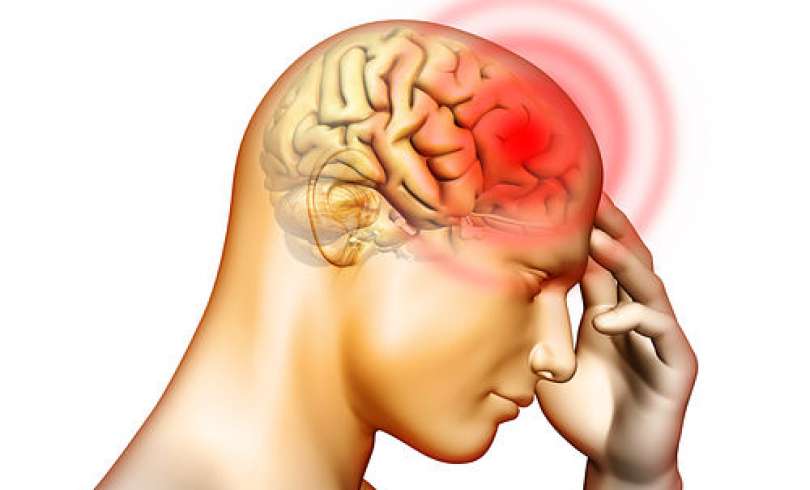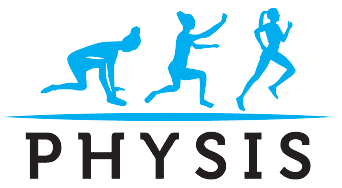Headache is one of the most prevalent disorders, globally. The International Headache Society (IHS) classifies headaches into 3 main categories. The most common headaches people experience are Migraines, tension headaches and Cervicogenic headaches.
Each type of headache has its own pattern of pain, duration of symptoms, intensity of pain and aggravating causes.
Migraines can be caused by genetic or environmental factors. Migraines can cause severe throbbing pain and can be accompanied by nausea, vomiting and sensitivity to sound and light. They are often accompanied by an aura which can cause visual disturbances, tingling and changes in speech. Migraines can last from a few hours to several days. Migraines can vary in intensity and can be painful enough to impact daily activities. Your doctor will prescribe medications to reduce migraines. However, migraines can be reduced by using a hot or cold pack, relaxation exercises like gentle breathing, rest, dimming the lights and proper hydration. Physical Therapy and Acupuncture can also reduce muscle tightness, strengthen muscles and promote relaxation resulting in reduced pain.
Tension headaches can be caused by muscle tension in the face, scalp arising from tension and stress. It is a band-like feeling around your head, causing mild to moderate pain. There are two types of tension headaches:
- Episodic – which occurs repeatedly and can last from a few minutes to a few hours
- Chronic – which can last for hours or can be continuous
Tension headaches can be relieved by relaxation techniques like deep breathing or yoga, general exercises for the body, exercises to stretch and strengthen the neck muscles, posture correction, acupuncture. In addition, maintaining a healthy lifestyle with sufficient sleep, rest and healthy eating is also beneficial.
Cervicogenic headaches are caused by muscle imbalance, overuse of neck muscles, stiffness and tightness of neck muscles, acute trauma to the neck like whiplash or prolonged poor postures. Best available studies show that the “C2-C3 facet joints are the most common source of Cervicogenic headaches” and can be treated with manual therapy techniques. Further, referred pain noted in and around the face can be traced to C1-C3 vertebrae in your neck. Cervicogenic headaches can be treated by stretching and strengthening the neck and mid back muscles, posture correction, manual therapy techniques and acupuncture.
It is important to never overlook a headache since it may be a sign of a severe problem. It is important to get it evaluated to rule out the following emergency situations:
- Side Effects of medications
- Neurological impairment
- Hormonal imbalance
- Neoplasm
- Hypertension
- Stroke
- Temporal arteritis
- Herpes zoster
- Meningitis
- Constant sudden, severe and/or unusual headache.



Comments are closed